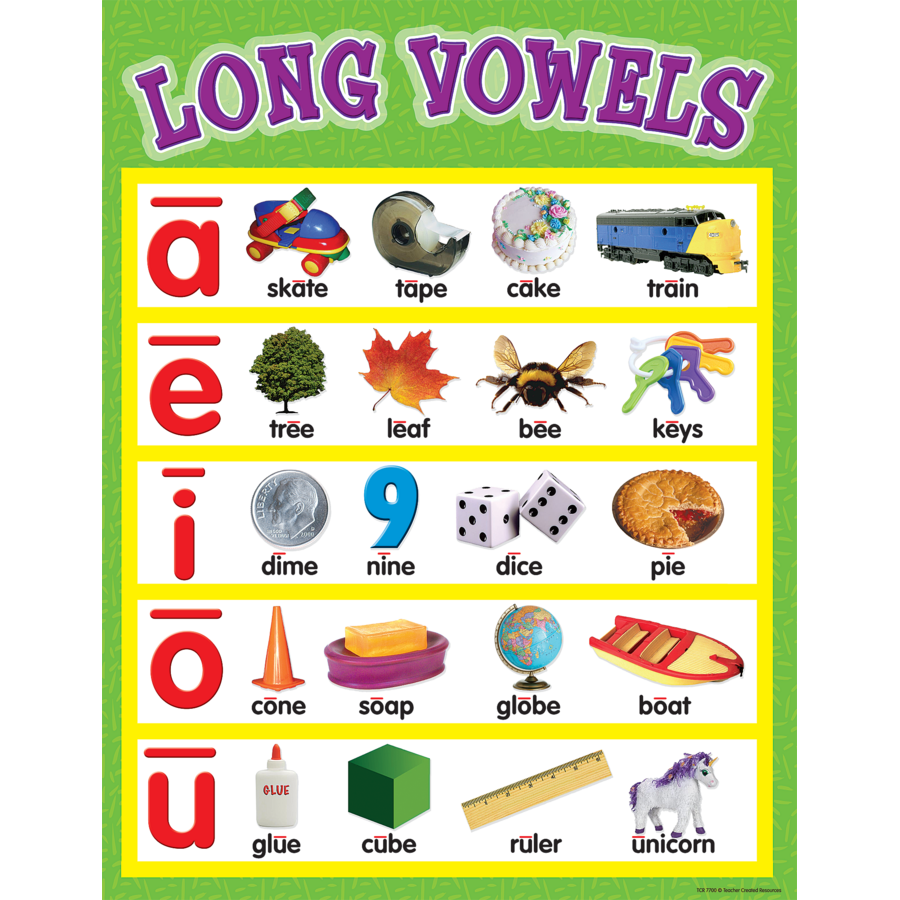

Archaic spellings (are, done, and come).After "s" (not plural) - house, rise, nurse.After "i and u" - pie, tie, glue, clue.If student have previously learned short vowel words, it is good to contrast these words with their long vowel relatives.Īll multilingual teachers should be aware that Silent E performs several functions for a variety of reasons. Another method is to circle (or underline) the two vowels and draw a line through the silent e, indicating it has no sound. This demonstrates that the final e makes the interior vowel long. One method for teaching Silent E words is to draw a circle around (or underline) both vowels and then draw an arrow from the silent e to the interior vowel.

The internal vowel is long (says its name) and the final e is silent. This pattern is also called Bossy E or Magic E. Vowels and letter patterns determine both the sound and meaning of words in English. Every syllable in English must have a vowel sound. One vowel sou nd or beat makes one syllable. Both "i" and "y" are used to form long i words. In addition, teach that "Y and W" sometimes function as vowels. When teaching vowels, begin by identifying the five classic vowels: A, E, I, O, and U. This is important because vowels are integral to English pronunciation, spelling, and reading. Many languages throughout the world are taught without vowels. Likewise, if they are from a Semitic language like Arabic or Hebrew, they write words with consonants only, leaving out the vowels. If the student is from a glyph language like Chinese, they do not write vowels. Remember that the concept of a vowel may be totally foreign to non-native English speakers.

Long Vowel plus two consonants words such as "find, child, old, and most ".Examples of vowel team words include "tr ai n, p ea s, light, boat, and fr ui t". Vowel Team words also form long vowel words.Some programs called these Magic E or Bossy E words. "T a p e, r i c e, st o v e, and cube " are examples of Silent E words. Silent E words have one internal long vowel that says its name, followed by a consonant, and a Silent "E" at the end of the word.


 0 kommentar(er)
0 kommentar(er)
